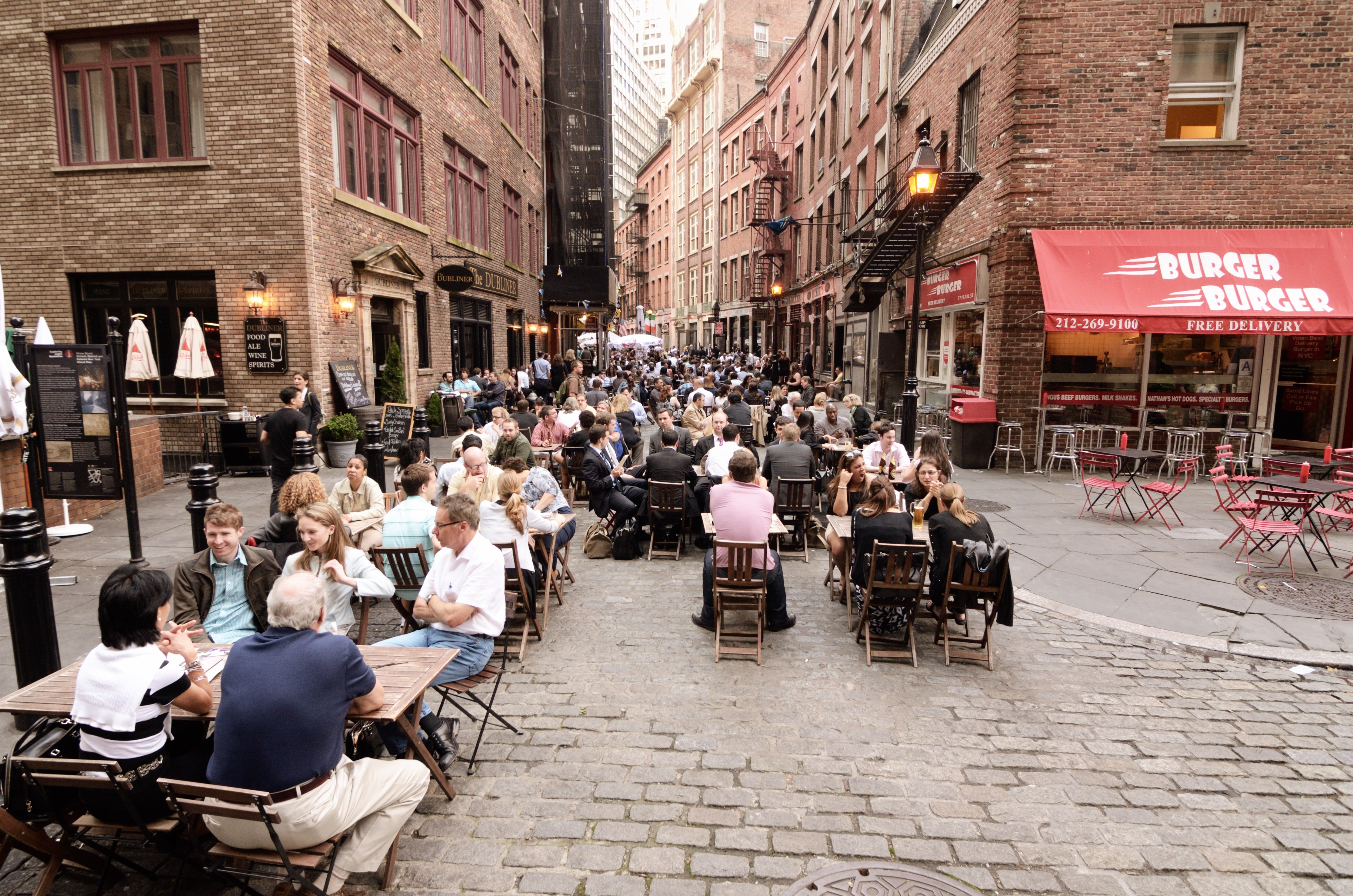
If the headline figures are to be believed, there’s a good year ahead for the US restaurant industry.
By the end of 2019, restaurant sales could hit $863bn in the US. The sector has also created jobs with salaries between $45,000 and $74,999 three times faster than the rest of the economy. Another 1.6 million new restaurant jobs could be on the way over the next decade.
With the report also revealing a surge in optimism among restaurateurs – three quarters of operators described business conditions as “excellent” or “good” in the industry – it looks like the industry as a whole is entering an off-premises driven heyday. In total, 38% of adults, and 50% of Millennials, say they are more likely to have restaurant food delivered to them now than they were two years ago.
Not all growth is created equal
What’s behind this growth? The rise in off-premise dining points to a cultural shift driven by increased accessibility. Arlene Spiegel FCSI, founder and principal of Arlene Spiegel & Associates, says restaurants are no longer reserved for special occasions: “It’s a way of life. Consumers are getting more of their food and meals outside of their own kitchens.”
But is data around the restaurant industry’s growth being borne out by consultants’ experience on the ground? Spiegel is enthusiastic about the statistics on employment, which she thinks will continue to grow, “especially considering the minimum wage guarantee, attracting more professionals in the coming years.” She points to the example of retailers such as Whole Foods and department stores such as Bloomingdales utilizing restaurants to create a luxurious atmosphere, driving “meaningful employment” in the process
It would be a mistake, however, to suggest broad-brush statistics are totally reflective of an industry rife with variation across regions and companies. Karen Malody FCSI, principal of Culinary Options LLC, points out the “fiercely difficult” task some of her clients undertake in finding the right employees for them. “That isn’t to say jobs aren’t available – it is a matter of finding people who want them. Also, in many areas, such as the Pacific Northwest, there is such a glut of restaurants that when one opens, another closes,” she adds.
More innovation ahead
One area of consensus among consultants is that companies using innovation to tap into the mood of the moment are best placed to excel. As William H. Bender FCSI, founder and principal at W. H. Bender & Associates, puts it: “If you have a building or space and have not renovated in 10 or 15 years, you are fighting an uphill battle. Newer brands and inviting concepts with fresh staff will eat your lunch.”
Malody agrees that a renewed focus on innovation is the lesson to be learnt from looking at the story behind the figures. “Without utilizing technology for various points of ordering (primarily order ahead and pre-pay via phone or internet) and some form of delivery,” she says, “other than for very high end operations, it will be very challenging to drive growth and profit.”
Despite reports about the tough year for casual dining, it seems as though operators are cottoning onto this message; 17% of casual dining restaurateurs’ customer traffic is currently off-premises, but 35% report they will devote more resources to this side of their businesses in 2019. Given the fastest growing business areas – fast casual and quick service – are also some of the most likely to rely on off-premise traffic, more investment in this area seems inevitable.
The consultants’ perspective
What should consultants recommend to their clients to ride the restaurant boom, or get on it if they’re missing out?
Malody argues for the importance of getting the customer experience right, irrespective of how reliant you are on off-premise dining. “There is nothing more frustrating than going to a place where pick up customers, kiosk ordering customer and those ordering from a chaser are all criss-crossing each other and often ruining the “dine in” experience,” she says. “It is also important to help clients focus on menu simplification and the utilization of multi-function equipment.”
As much as innovation is driving the sector forward, getting the basics right remains crucial. Spiegel says the time-saving fruits of innovation can be used to make managers into “coaches and good-will ambassadors” – doing so creates a foundation to keep restaurants attractive to the most talented employees.
This is echoed by Bender: “If you take care of your team and provide them with training, development and career opportunities, turnover is reduced dramatically,” he says. “Work to provide a great team experience. When you do that it will payback tenfold. This has been true for the past 20 years and will remain so for the next 20 years.”
Amid the unstoppable rise of off-premise dining, operators failing to move with the times risk being left behind. Nevertheless, the experts have spoken: innovation might dominate the restaurant sector, but it shouldn’t dominate restaurateurs’ choices at the expense of a great atmosphere and engaged staff.
Thomas Lawrence
